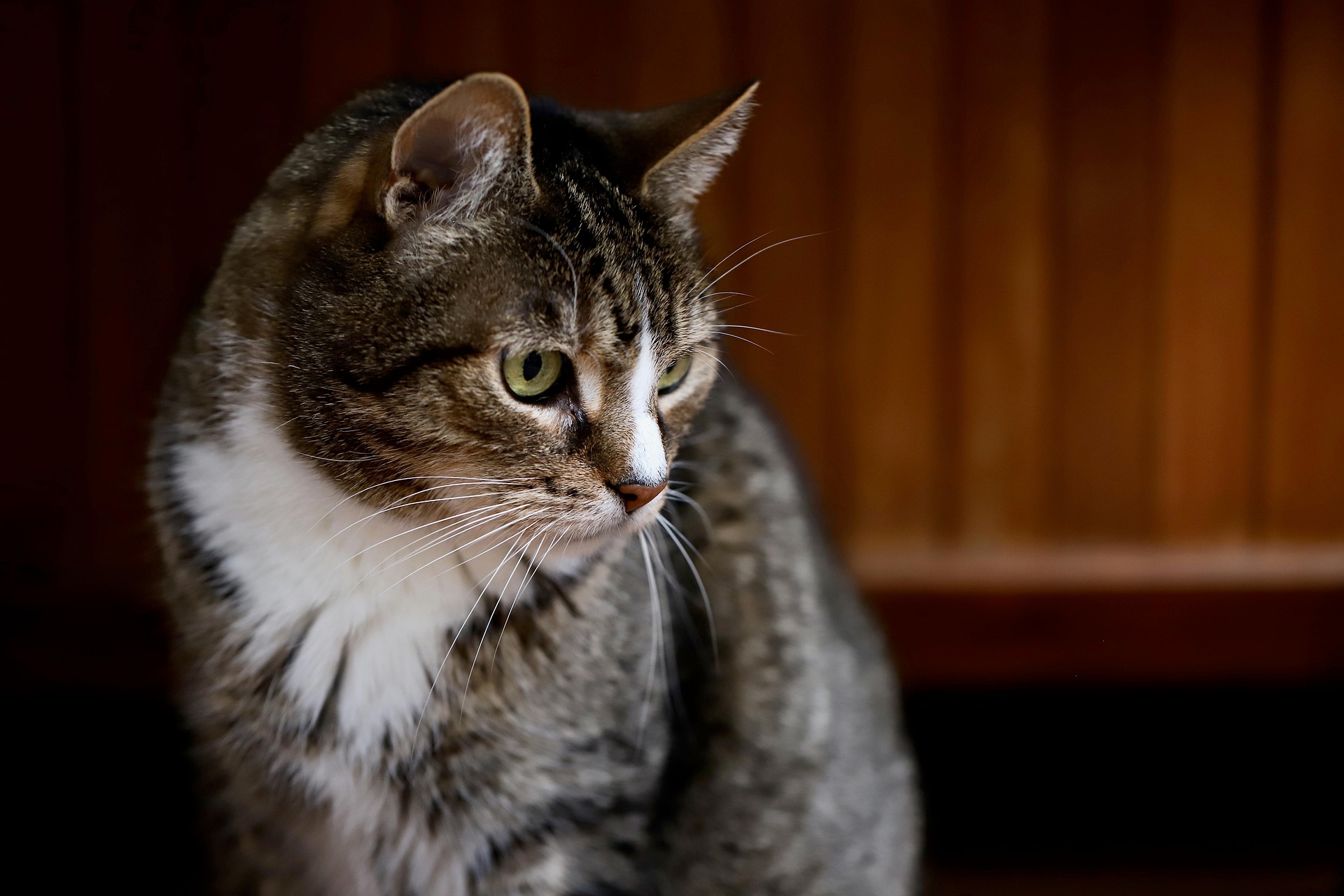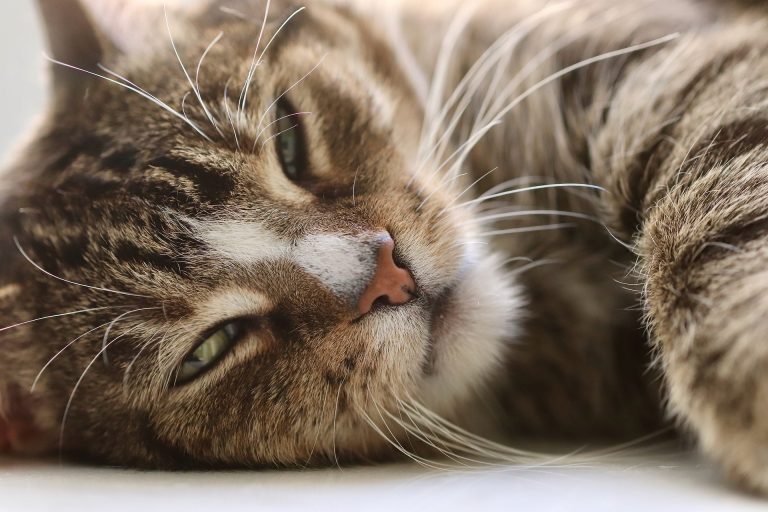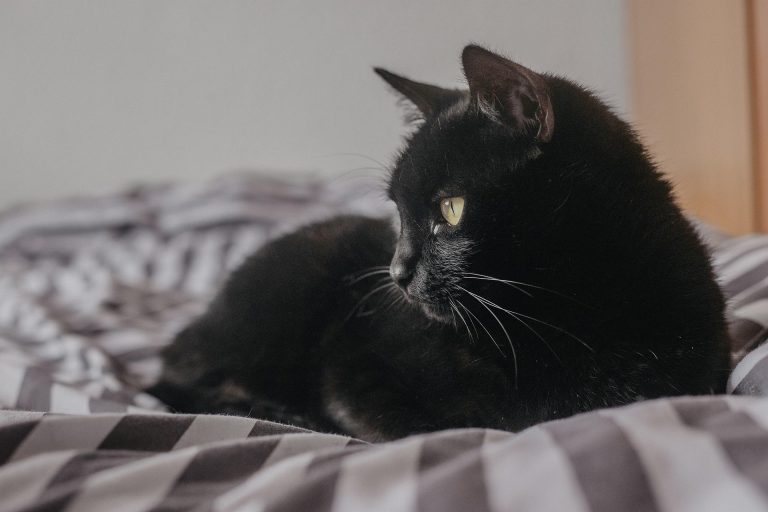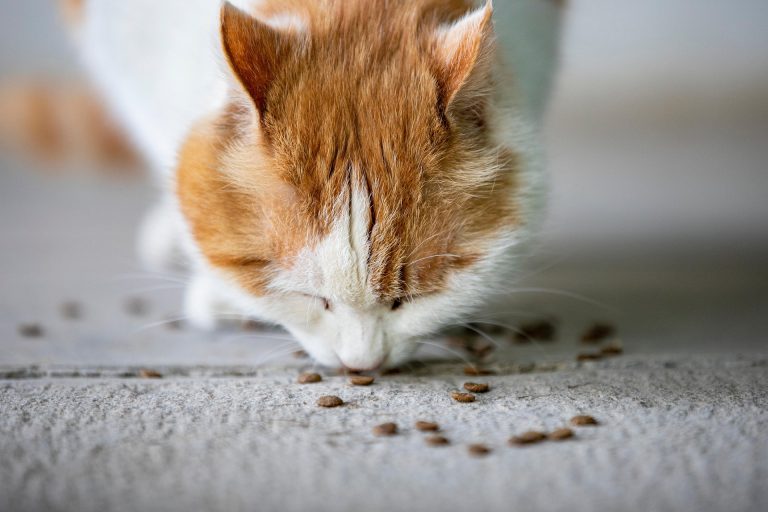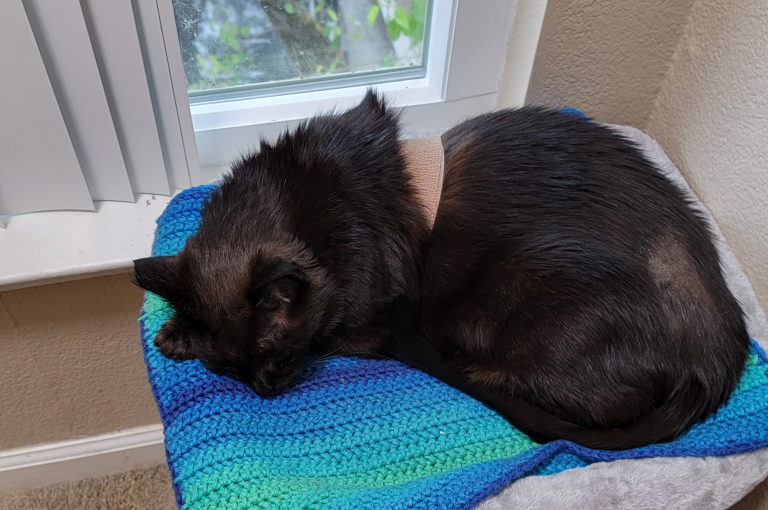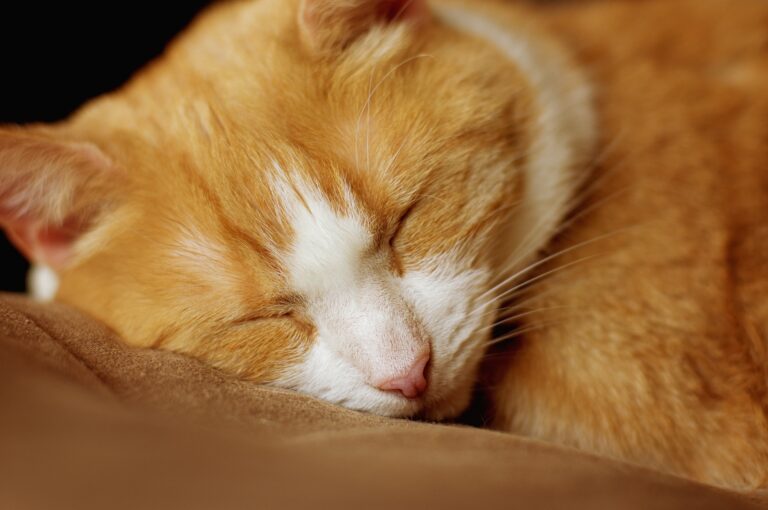Category: Feline Diabetes
Tags: Feline Diabetes, Diabetic Cat Care, Home Testing, Insulin
Always consult your veterinarian about your pet’s health and treatment plan. This site is owned and administered by volunteers, not medical professionals. We are not designed to take the place of your regular veterinary care.
When your cat is first diagnosed with diabetes, the word “insulin” can feel like a lifeline—and a mystery. You’re told your cat needs it. You may even get a prescription right away. But what many people don’t realize is that not all insulins are the same, and the one your vet starts with may not be the one that works best for your cat long-term.
In this guide, we’ll break down the most common insulins and glucose-lowering medications used in feline diabetes: how they work, what makes them different, and what real cat caregivers wish they had known sooner.
Why Choosing the Right Insulin Matters
Insulin isn’t one-size-fits-all. Some insulins last longer, some work faster, and some are more stable than others. The goal is to keep your cat’s blood sugar in a healthy range for as much of the day as possible—without causing dangerous lows.
Some cats respond beautifully to the first insulin they try. Others need adjustments, and sometimes a complete switch. That’s not a failure—it’s part of the process. Knowing your options puts you in a better position to help your cat thrive.
The Most Common Insulin Options for Cats
Lantus (glargine)
- Type: Long-acting human insulin
- Duration: 12–24 hours
- Pros: Very gentle curve, consistent absorption, often used in remission protocols
- Cons: Cost can be high (though generics like Semglee and Basaglar help)
- What to Know: Lantus is often favored by feline diabetes forums and some progressive vets because of its long duration and smooth action. It’s commonly used in cats with a goal of remission.
ProZinc (PZI)
- Type: Long-acting veterinary insulin (protamine zinc)
- Duration: Usually 10–14 hours in cats
- Pros: Designed specifically for cats, available from most vets, relatively easy to find
- Cons: Sometimes too short-acting to last a full 12 hours between doses
- What to Know: ProZinc works well for many cats but may not be ideal for remission. Some cats experience pre-shot numbers that are already rising due to the insulin wearing off early.
Vetsulin (Caninsulin)
- Type: Intermediate-acting veterinary insulin (porcine insulin zinc suspension)
- Duration: 6–10 hours in cats
- Pros: Inexpensive, widely available, easy to draw into a syringe
- Cons: Often too short-acting for most cats, peaks quickly then drops off
- What to Know: Vetsulin was originally developed for dogs. In cats, it can hit hard and wear off fast, leaving part of the day with little glucose control. Not typically recommended by feline diabetes communities.
Levemir (detemir)
- Type: Long-acting human insulin
- Duration: 12–24 hours
- Pros: Very flat curve, works well for cats with high insulin needs
- Cons: Can be very potent in cats—lower starting dose required
- What to Know: Levemir is a great option for cats that need more insulin or are struggling with high numbers on other insulins. It’s less commonly prescribed, but very effective in the right cases. Being discontinued in some countries.
Newer Options: Oral Medications and SGLT2 Inhibitors
Senvelgo (velagliflozin)
- Type: Oral SGLT2 inhibitor, once daily
- Pros: No needles, good for cats who can’t tolerate injections
- Cons: Not a good fit for all cats; risk of diabetic ketoacidosis (DKA) if used improperly
- What to Know: Senvelgo is a new FDA-approved oral option for diabetic cats. It’s convenient—but not always ideal. It should only be used in stable cats without other health issues like kidney disease. Not indicated for cats that have already been treated with insulin.
Bexacat (bexagliflozin)
- Type: Oral SGLT2 inhibitor
- Pros: Daily tablet, marketed as needle-free diabetes control
- Cons: Reports of severe complications including DKA and death in some cats
- What to Know: Bexacat has received significant concern in the feline diabetes community. While it may work for some, the risks have led many to avoid it, especially for newly diagnosed cats. Not indicated for cats that have already been treated with insulin.
Other Insulins Sometimes Mentioned
You might hear about Tresiba (insulin degludec) or Humulin/Novolin N (NPH insulin). While both have been used in cats, they come with important limitations:
- Tresiba is marketed as ultra-long-acting in humans, but in cats, it doesn’t last nearly as long—often requiring twice-daily dosing. There’s also very limited data on its safety or effectiveness in feline use.
- Humulin N / Novolin N (NPH insulin) is an older, intermediate-acting insulin. It’s inexpensive and available at most pharmacies, but it tends to hit hard and wear off quickly in cats, leading to sharp peaks and gaps in coverage.
Bottom line: These options are not recommended for newly diagnosed cats. More predictable, longer-acting insulins like Lantus, Levemir, or ProZinc tend to offer better stability, fewer complications, and higher chances of success.
So…Which Insulin Is Best?
There’s no universal answer—but here’s a general framework:
- If your goal is remission: Lantus (or a glargine biosimilar) is often the best starting point.
- If your vet prescribes ProZinc: That’s a solid, cat-specific insulin with good results in many cases.
- If you’re on Vetsulin and struggling: You might want to explore a longer-acting option.
- If you can’t give injections: Senvelgo is worth asking your vet about, but with caution.
Why This Decision Deserves a Second Thought
Your vet may be doing their best, but feline diabetes is complex—and many vets follow what they’ve been taught, not necessarily what has the best outcomes in real-world cases. That’s why forums like ours exist: to give you the benefit of thousands of cats’ worth of experience.
If you’re unsure whether your current insulin is working, or if you’re just starting out and want help getting it right from day one, you’re not alone. Post on our forum any time. You’ll get insight from caregivers who’ve been through it—and whose cats are thriving today.
Join our community and get personalized help from cat parents who understand.

